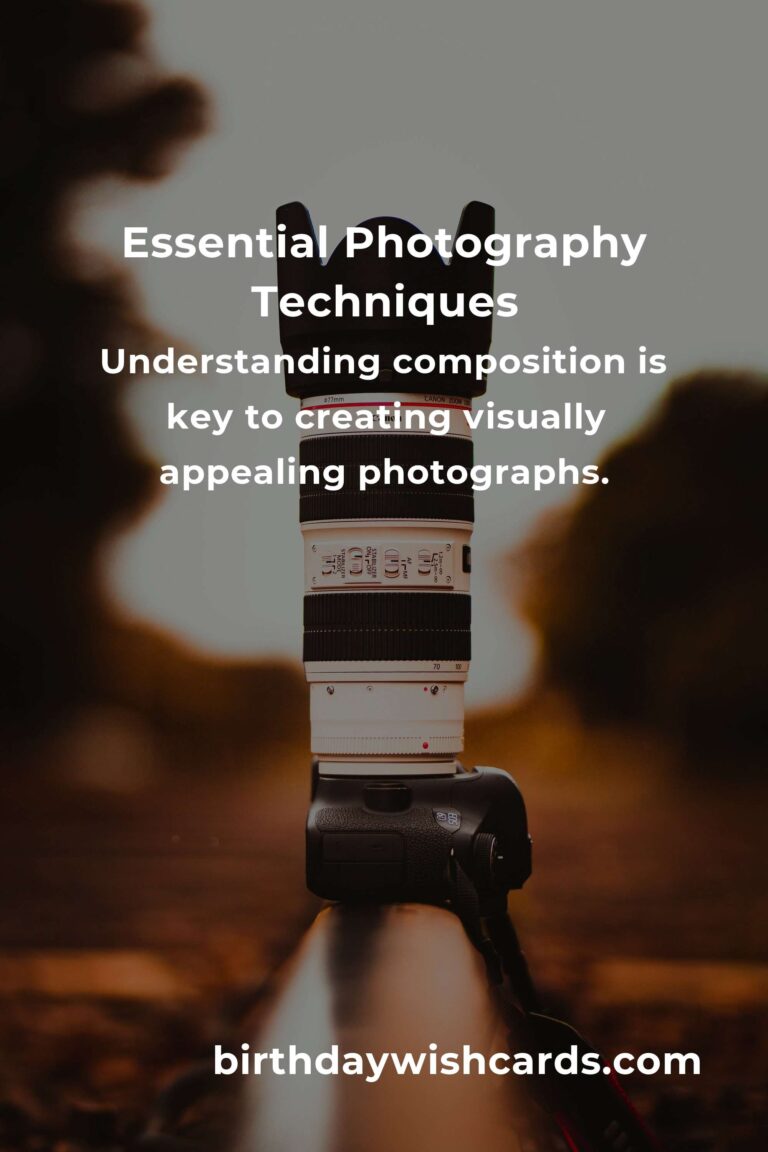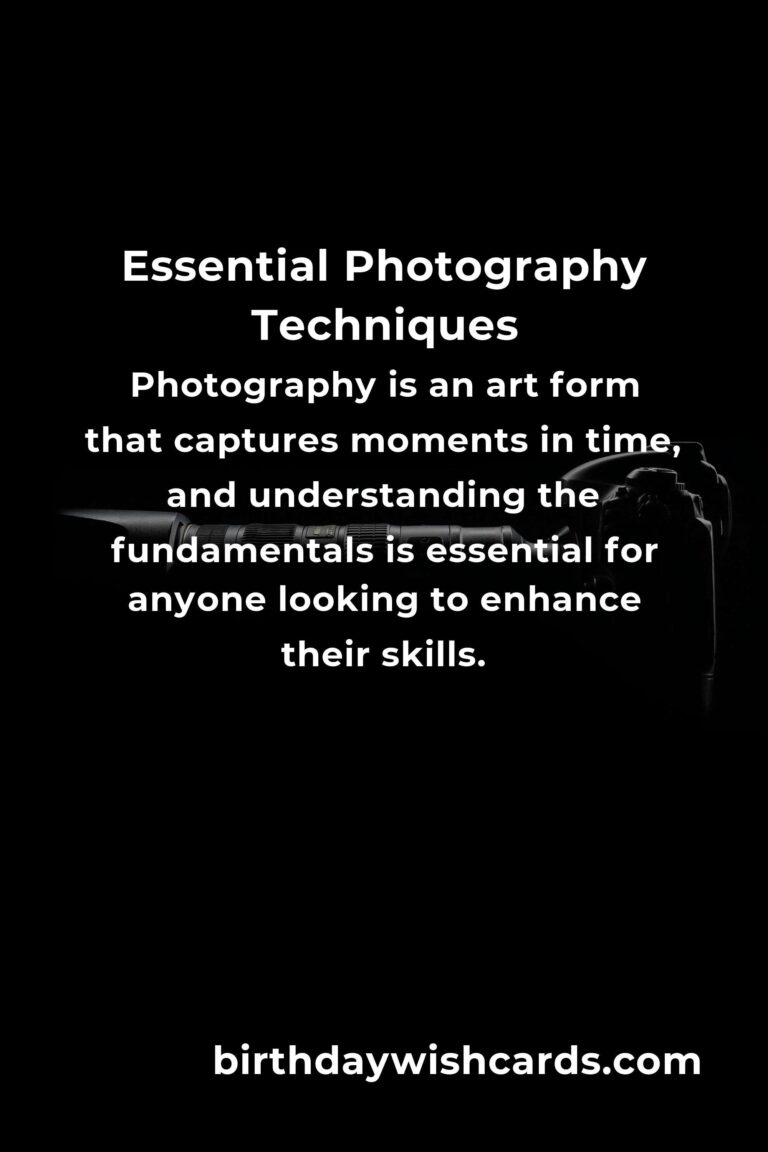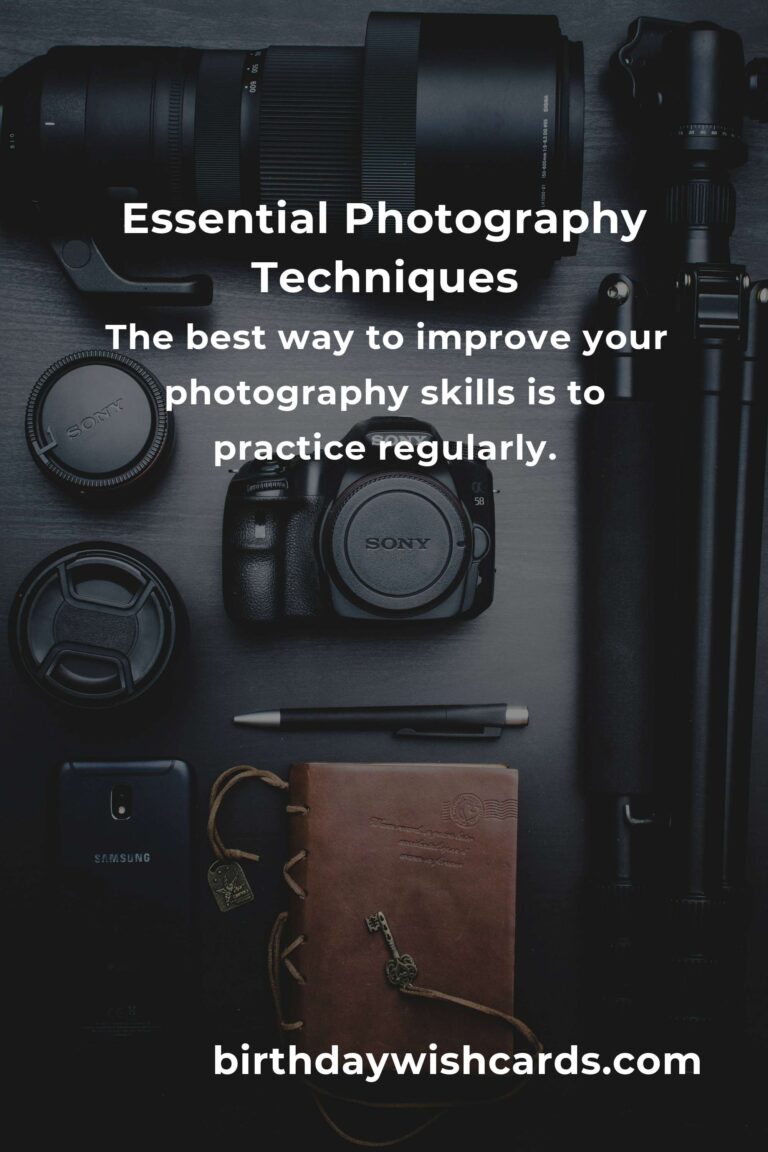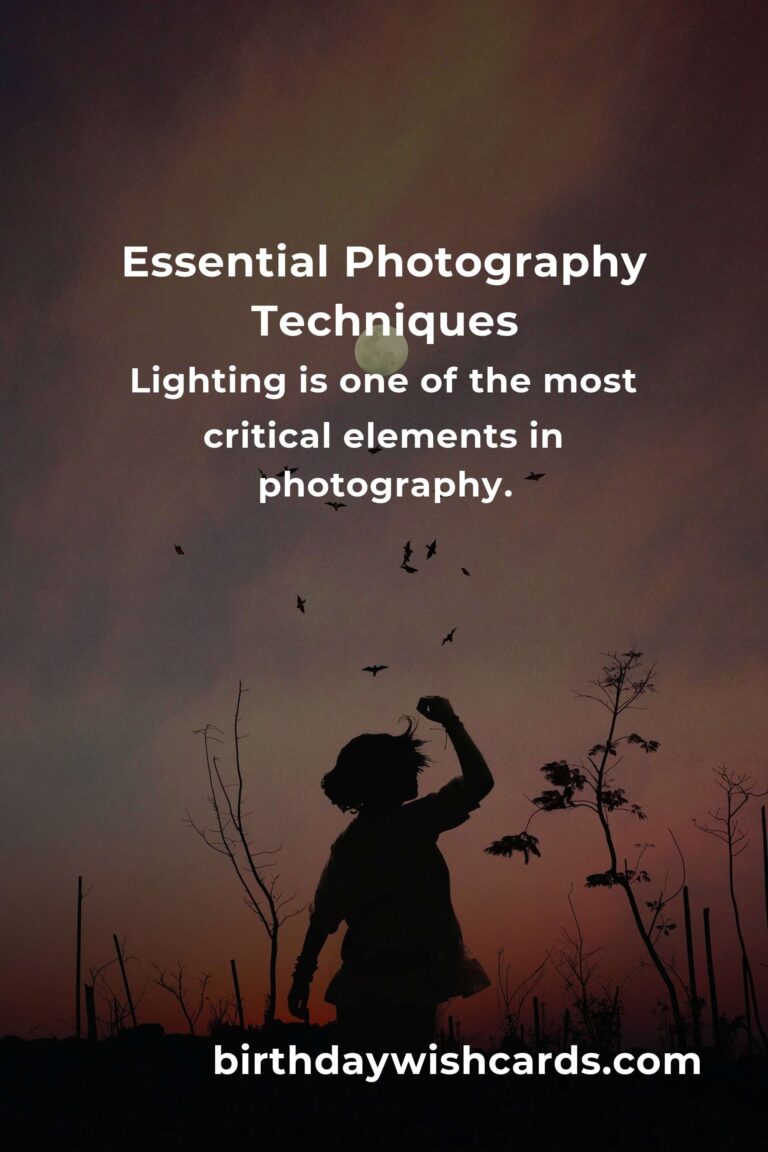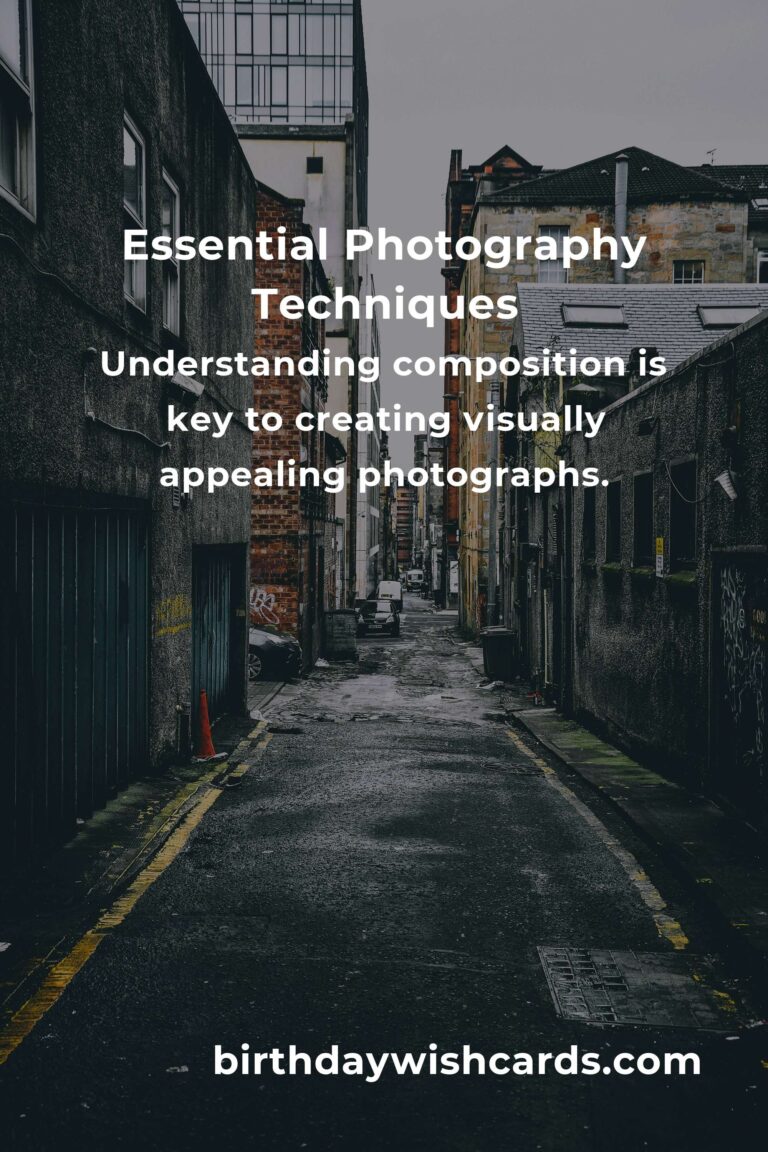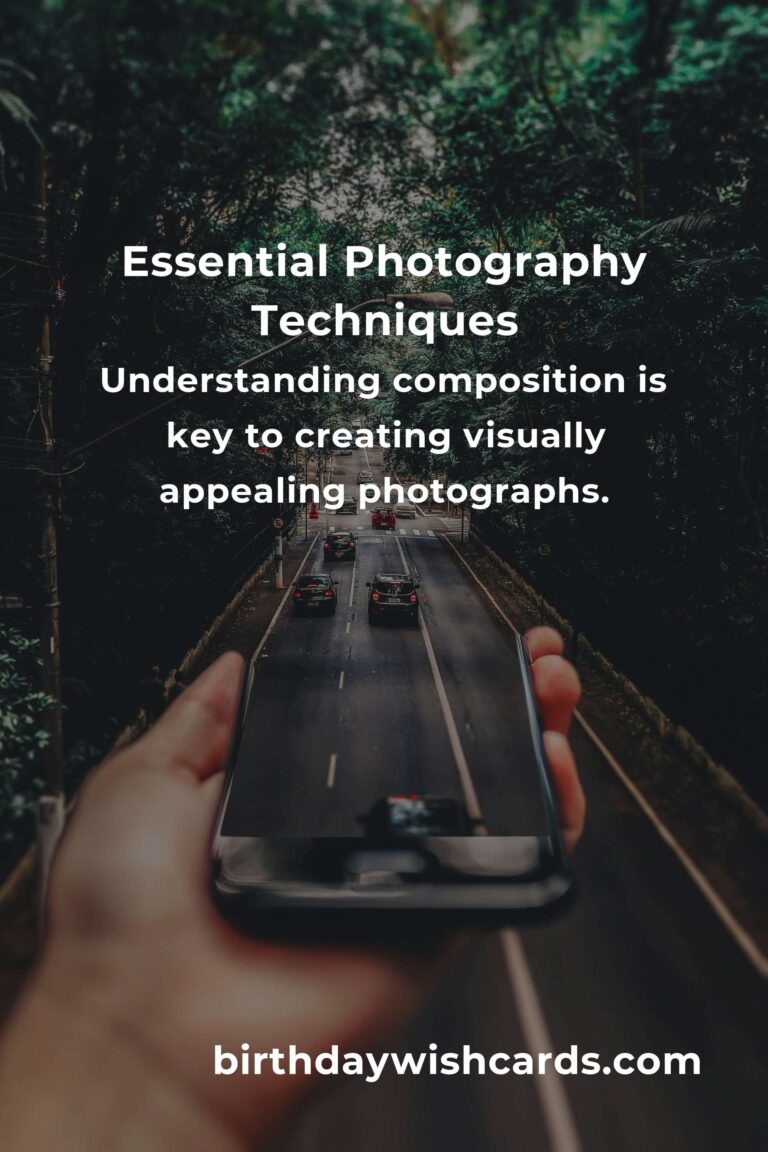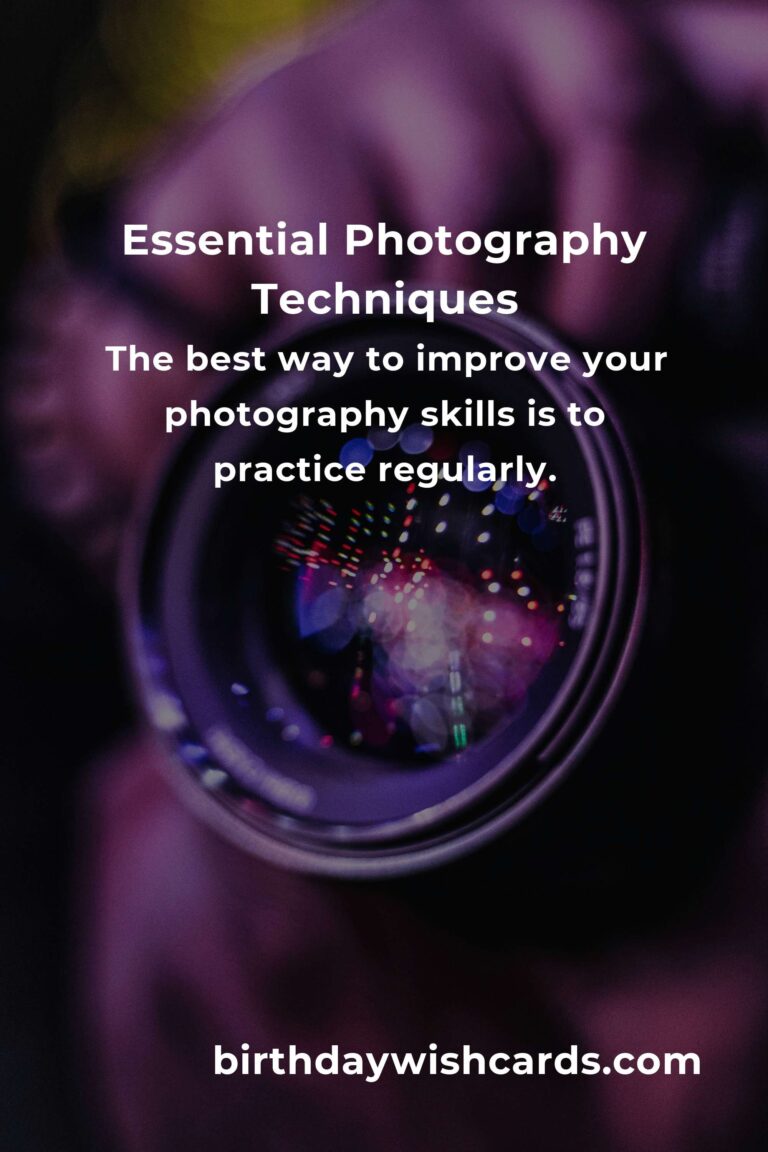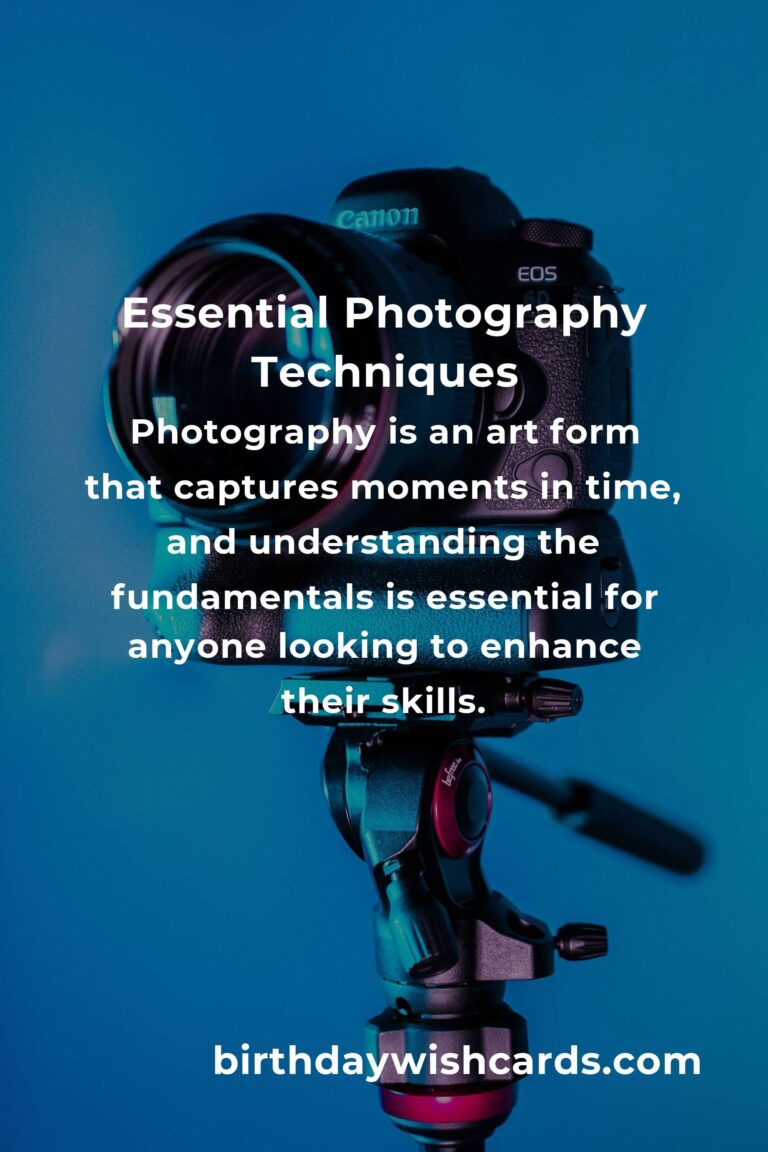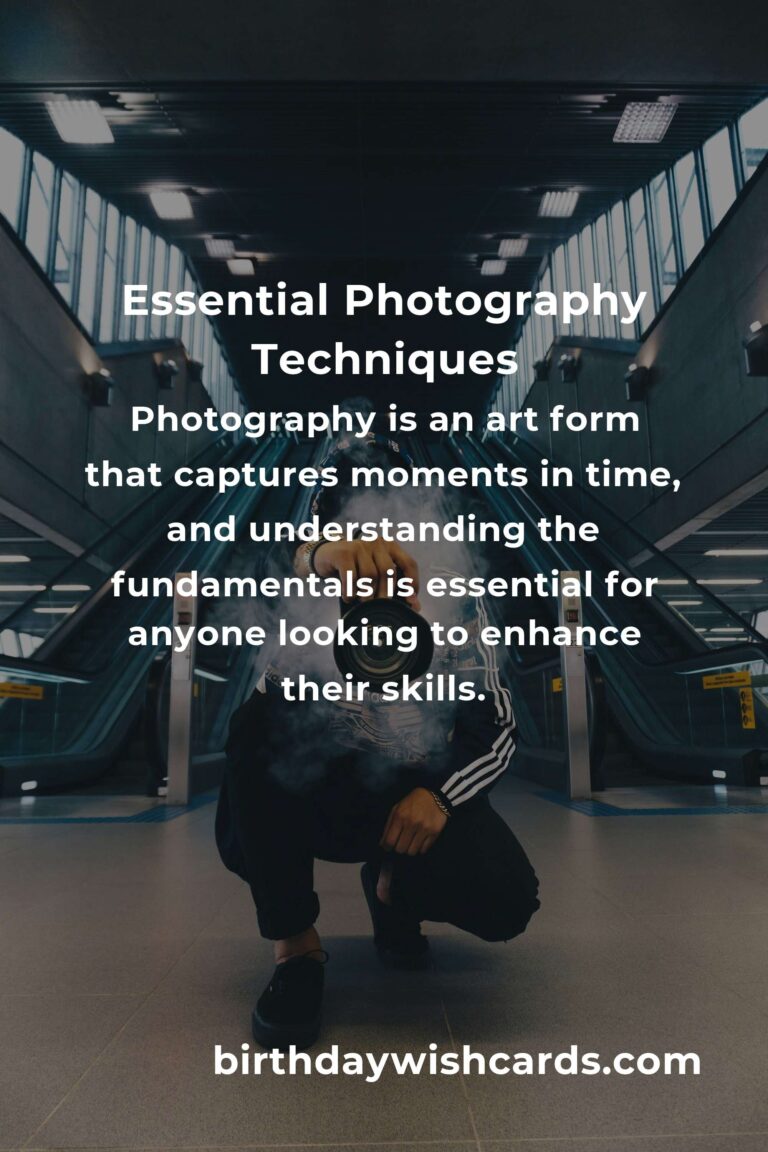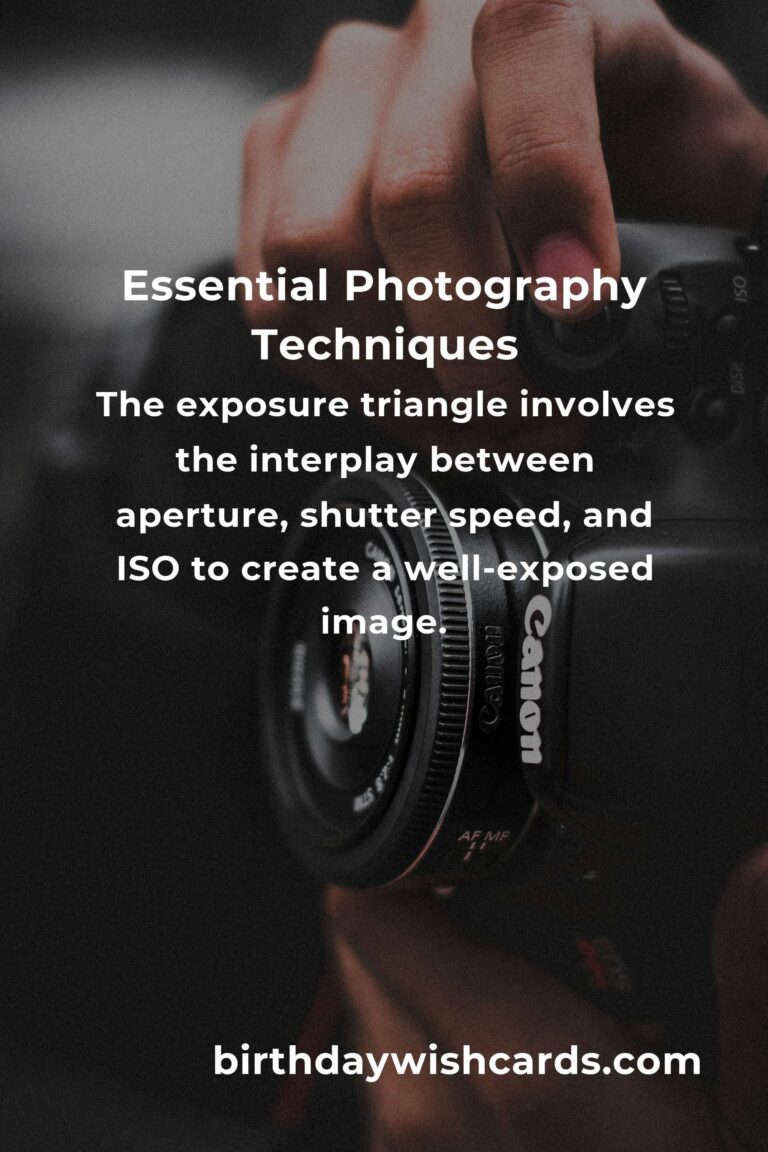
Photography is an art form that captures moments in time, and understanding the fundamentals is essential for anyone looking to enhance their skills. Whether you’re just starting with your first camera or looking to refine your technique, mastering the basics of photography can significantly improve your ability to create stunning images.
Understanding Your Camera
The first step in photography is understanding your camera. Most cameras, whether digital or film, have similar basic components: the lens, the body, and the sensor or film. Familiarize yourself with these parts and learn how they work together to capture an image. Study your camera’s manual to understand the specific features and settings available to you.
One crucial aspect of your camera is the exposure triangle, which consists of three elements: aperture, shutter speed, and ISO. These three factors work together to determine the exposure of your photograph.
The Exposure Triangle
The exposure triangle is the foundation of photography. It involves the interplay between aperture, shutter speed, and ISO to create a well-exposed image.
Aperture
Aperture refers to the size of the opening in the lens through which light passes. It is measured in f-stops, such as f/2.8, f/4, f/5.6, etc. A lower f-stop number means a larger aperture, allowing more light to enter the camera. A larger aperture (lower f-stop) creates a shallow depth of field, which is excellent for portraits where you want the background to be blurred.
Shutter Speed
Shutter speed determines how long the camera’s shutter remains open to let light in. It is measured in fractions of a second, such as 1/250, 1/500, or longer exposures like 1/30 or 1 second. Faster shutter speeds freeze motion, making them ideal for action shots, while slower shutter speeds can create motion blur, which can be used creatively for effects like light trails.
ISO
ISO measures the sensitivity of your camera’s sensor to light. A lower ISO (e.g., 100 or 200) is used in bright conditions, while a higher ISO (e.g., 800 or 1600) is suitable for low-light conditions. However, increasing the ISO can introduce noise or graininess into your image, so it’s best used sparingly.
Composition Techniques
Understanding composition is key to creating visually appealing photographs. Here are some basic composition techniques:
Rule of Thirds
Divide your image into nine equal parts using two horizontal and two vertical lines. Place points of interest along these lines or at their intersections to create a balanced composition.
Leading Lines
Use natural lines in your environment, such as roads, rivers, or fences, to guide the viewer’s eye through the image.
Framing
Look for natural frames within your scene, such as windows, doorways, or arches, to add depth and focus to your subject.
Lighting in Photography
Lighting is one of the most critical elements in photography. Understanding how to use light can dramatically change the mood and quality of your images.
Natural Light
Shooting during the golden hour, which occurs shortly after sunrise or before sunset, provides soft, warm lighting that is ideal for portraits and landscapes.
Artificial Light
Learn to work with artificial lighting, such as flash or studio lights, to control the intensity and direction of light in your images.
Post-Processing Basics
Post-processing is an essential part of digital photography. Use software like Adobe Lightroom or Photoshop to enhance your images, adjust exposure, contrast, and color balance, and remove any imperfections.
Practice, Practice, Practice
The best way to improve your photography skills is to practice regularly. Experiment with different settings, compositions, and lighting conditions to discover what works best for you. Join photography groups or forums to share your work and gain feedback from others.
By mastering these photography fundamentals, you’ll be well on your way to capturing stunning images and developing your unique style as a photographer.
Photography is an art form that captures moments in time, and understanding the fundamentals is essential for anyone looking to enhance their skills. The exposure triangle involves the interplay between aperture, shutter speed, and ISO to create a well-exposed image. Understanding composition is key to creating visually appealing photographs. Lighting is one of the most critical elements in photography. The best way to improve your photography skills is to practice regularly.
#Photography #CameraBasics #ExposureTriangle #PhotoComposition #Lighting


